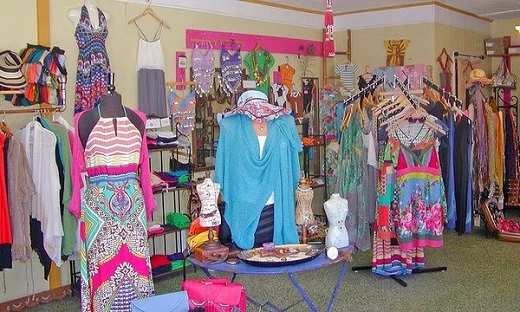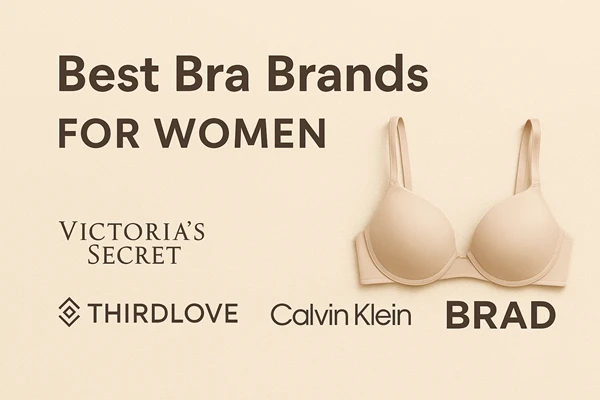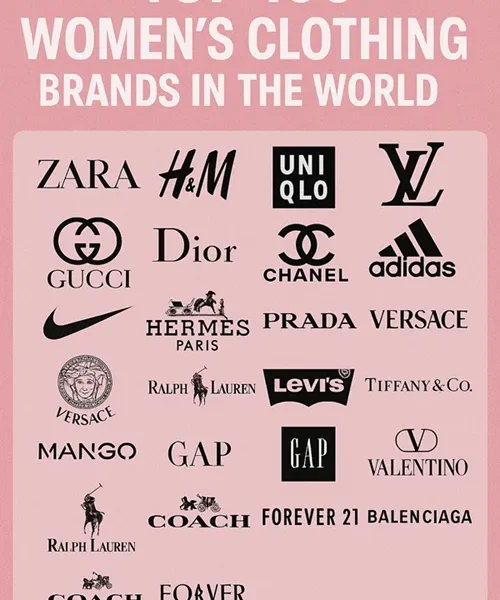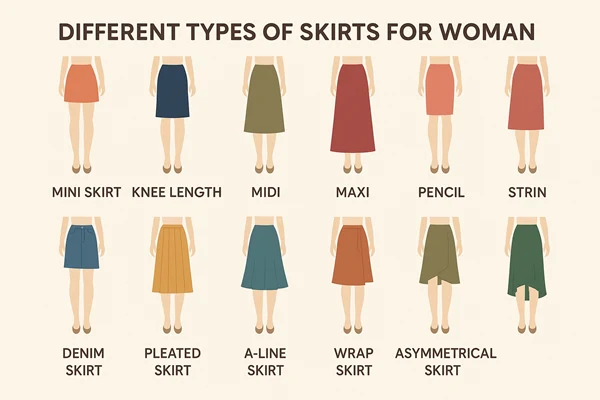How to Open a Boutique House / Fashion House
How to Open a Boutique House / Fashion House
Boutique house and Its Importance:
Even the leading fashion designers are vulnerable if their sense of direction and development is not consistently strong they will fail to develop a progressive adaptability. The stereotypical type of result could leave the way open for new designers, who have a better understanding of the way fashion develops. So it is necessary for the designers to create brand equity of their own through a boutique and sustain it. In this article, we present How to Open a Boutique House / Fashion House.
The role of a designer in a boutique is crucial to its success. The task is especially one of interpreting society’s current and anticipated mod into desirable, wearable garments for every type and level of market. To do this effectively, designers must be in tune with the wider social, cultural, economic, and political environment within which human beings conduct their daily lives. Only then do their ideas truly reflect current prevailing conditions and the impact they are likely to have on future consumer needs.
Therefore, the designer will draw on a wealth of ideas, media and entertainment, other cultures, social attitudes and moves, and historical and contemporary events all provide important sources of inspiration. The skill in any good design really lies in maximizing the values that can be added to set the basic raw materials. It is thus dependent on the quantity of the original design, its suitable design for the market, and the way it is made to meet customer requirements.

Factors on How to Open a Boutique House / Fashion House
It’s always better for a designer who works for a boutique to understand a sequence of events in the fashion world. There are four major stages of influence in the new product development and fashion diffusion and adoption process. To Open a Boutique House, these are chronologically as:
- The color meeting.
- The biannual yarn and fabric fairs.
- The biannual international fashion fairs in Paris.
- Reportage in the trade and commercial press.
1. The Colour Meeting:
“The Colour Meeting” in Paris is known as the concentration where approximately forty leading fashion industries representing major yarns, textile, and garment manufacturers, top designers stylists, color consultants, and fashion forecasters gathered together, they established the major color trends (based on 30 colors) that will dominate the fashion scene for two years from the time of their meeting. The trends will usually be based on themes of dark, bright, pastel, and neutrals. Work then begins with various sections of the industry interpreting and adopting the basic story to suit their own particular requirements. For e.g., the International Wool Secretariat and Cotton Institute will work on appropriate interpretation for their respective yarn and textile industry.
2. The Biannual Yarn and Fabric Fairs:
Where the new colors, textures, and patterns will be presented as trends for twelve months ahead. In France, the major fair is Premier Vision, in Germany it is called “Intersoft” and in the U.K. it is called “Fabrea”. Premier Vision also features an audio-visual presentation, the details, the sources of ideas, and inspirations used by the concentration team.
3. The Biannual International Fashion Fair:
In Paris, Milan, New York, and London where leading designers present their latest collections and ideas six months ahead of the season in question. Representation by the media is very strong at the International Collection, showing the enormous influence the media now have on fashion awareness and acceptance.
4. Reportage in the Trade and Commercial Press:
The designer collections- the power and extent of modern-day mass communication system is such that the media is instrumental in shaping and influencing the fashion that is ultimately accepted. This process is shown in the figure below. Simultaneously journalists now provide a two-way flow of information reporting ‘upwards’ on the street styles that have been a significant influence on top designers over the last few years as well as downwards on developments in the collections of the public. The garments made for the Boutiques and Mass Productions are quite different.
The former evolved from the desire for luxury and conspicuous consumption from the elite strata of the society. The latter developed in response to the growing post-war affluence of the majority and the desire for an improvement in living standards and lifestyles. Therefore the function of mass production is to select and adopt appropriate designs from the boutiques to meet the needs of the public at large. It is necessary for a boutique owner to know the difference between fashion and fad. The distinction between fashion and fad is usually defined on the basis of their acceptance cycle. Fashion usually has a slower rise to popularity, reaches a plateau with continuing popularity, and then declines gradually, often this cycle relates to season, weather autumn/winter or spring/summer. Mid-season modification to the original fashions may be introduced with the specific intention of maintaining buying interest and encouraging further purchases from early as well as later adopters.
- You may love to read: What Are The Principles of Fashion?
- Difference Between Style and Fashion



